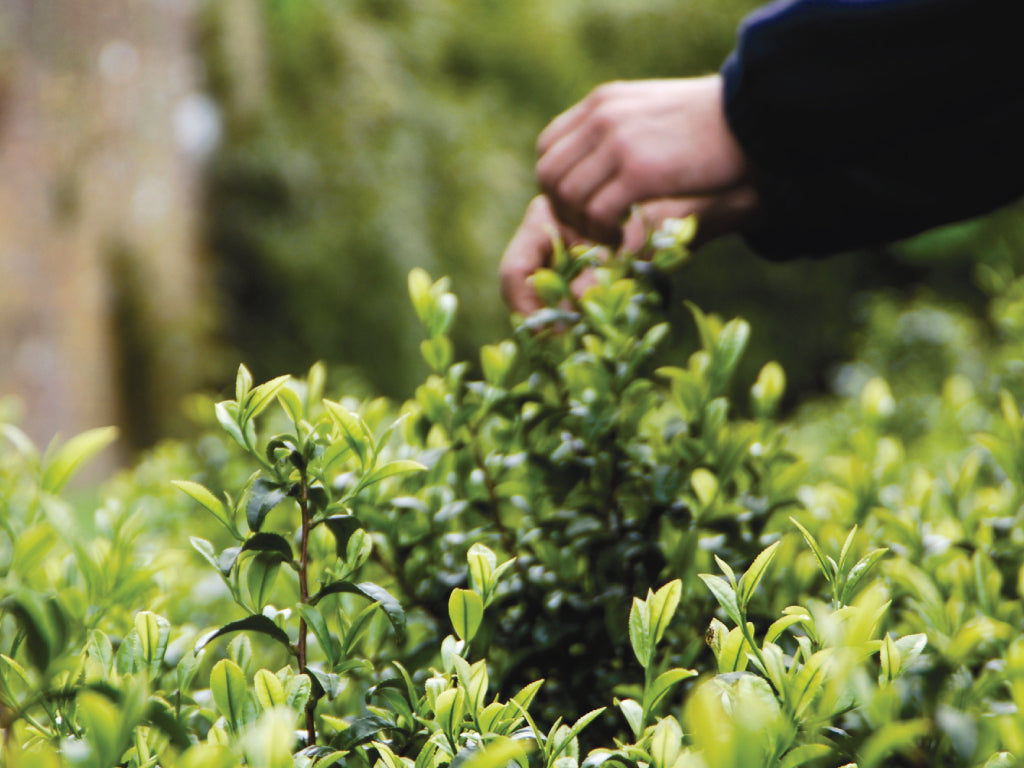Welcome to Tregothnan which, translated from Cornish, means “the house at the head of the valley”.
Decaffeinate your own tea
If you’re sensitive to caffeine and there’s no decaf tea bags available (and just desperately need that cup of tea – we know how you feel!), this top tea tip can help.
Caffeine is a diuretic. This means that the first element of the tea extracted from the leaves when the water is added is the caffeine. The best way to naturally decaffeinate your own leaves is to pour on the water, wait for approximately three seconds, then discard the first brew whilst retaining the leaves/bag. Reinfuse with fresh water and this second brew will be up to 80% decaffeinated. Premium loose tea leaves can be re-infused and every brew will contain proportionately less caffeine than the one before.
The Chinese have had this one cracked for centuries. Labelling the first cup as ‘dirty tea’, the ancient Chinese believed that caffeine was bad for you. It was a symbol of high status to avoid drinking the first infusion or ‘dirty tea’ as it would contain the most caffeine and highest levels of toxins and bitter flavour.
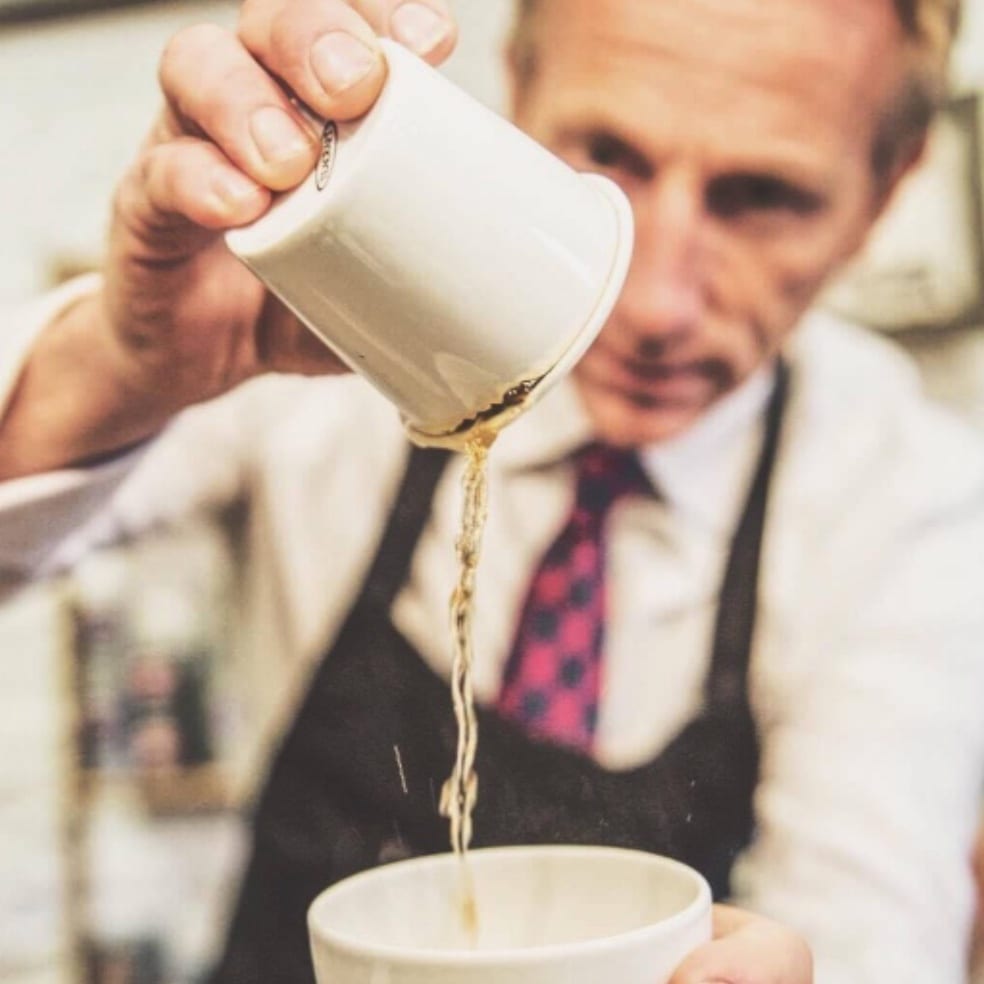
Don’t Brew Too Hot
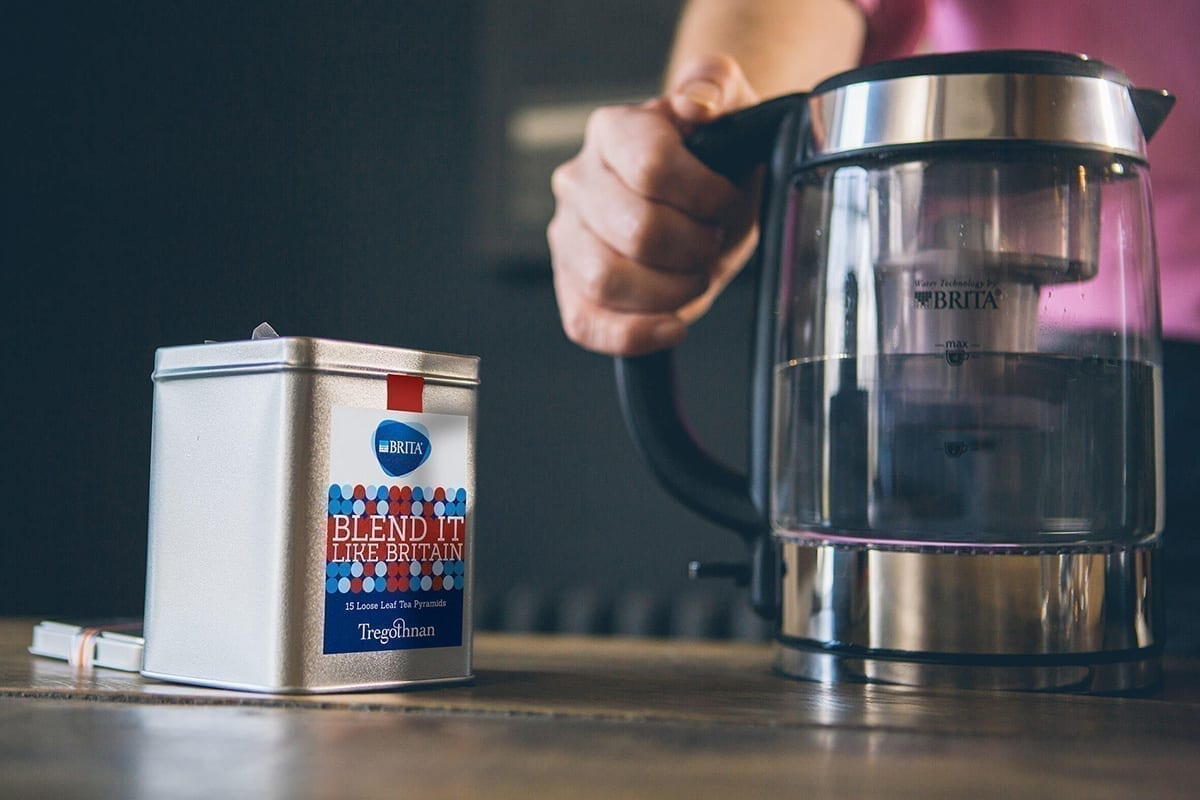
Do you remember your mother saying not to let the kettle go off the boil before pouring it over the tea? Well this is definitely not what tea experts recommend when aiming to brew the perfect cup of tea. Boiling water actually scalds leaves leaving bitter flavours. Black teas like English Breakfast Tea should be brewed at approximately 95ºc, so just off the boil, which gives a good, deep infusion without burning the leaves when the water is added.
Herbal and green teas should be brewed at even cooler temperatures. Approximately 85ºc for green tea and 80ºc for all other herbals. Essential oils can be lost in the brewing of teas too hot, so it’s especially important to use cooled water to make sure the flavour is as powerful as possible.
For more specific guidelines on how to brew each of our teas, go to our How to Brew Tea page and select the tea you are looking for.
Do You Add Milk?
In Asia, milk is not taken with tea. It was a habit adopted by the British people hundreds of years ago and has stuck with us ever since. When tea became fashionable in England, it immediately became a commodity and a black market for tea was created. Precious teas were traded at high prices so black market traders knew that money could be made from the sale of this new trend.
Twigs, sheep dung and other brown leafy looking substances were added to tea leaves to pad out the cargo arriving at British docks arriving from China and India. The flavour became so unbearably disgusting that milk was added to the hot drink to disguise the flavour and make it more palatable.
Nowadays you won’t find sheep dung as an extra special ingredient in tea but we continue to drink our nation’s favourite beverage with milk out of habit. We always recommend you try it black first to get the truest flavour from the leaves. Then add milk to taste. More delicate teas like our Afternoon blend is better without milk as the leaves can be easily overwhelmed.
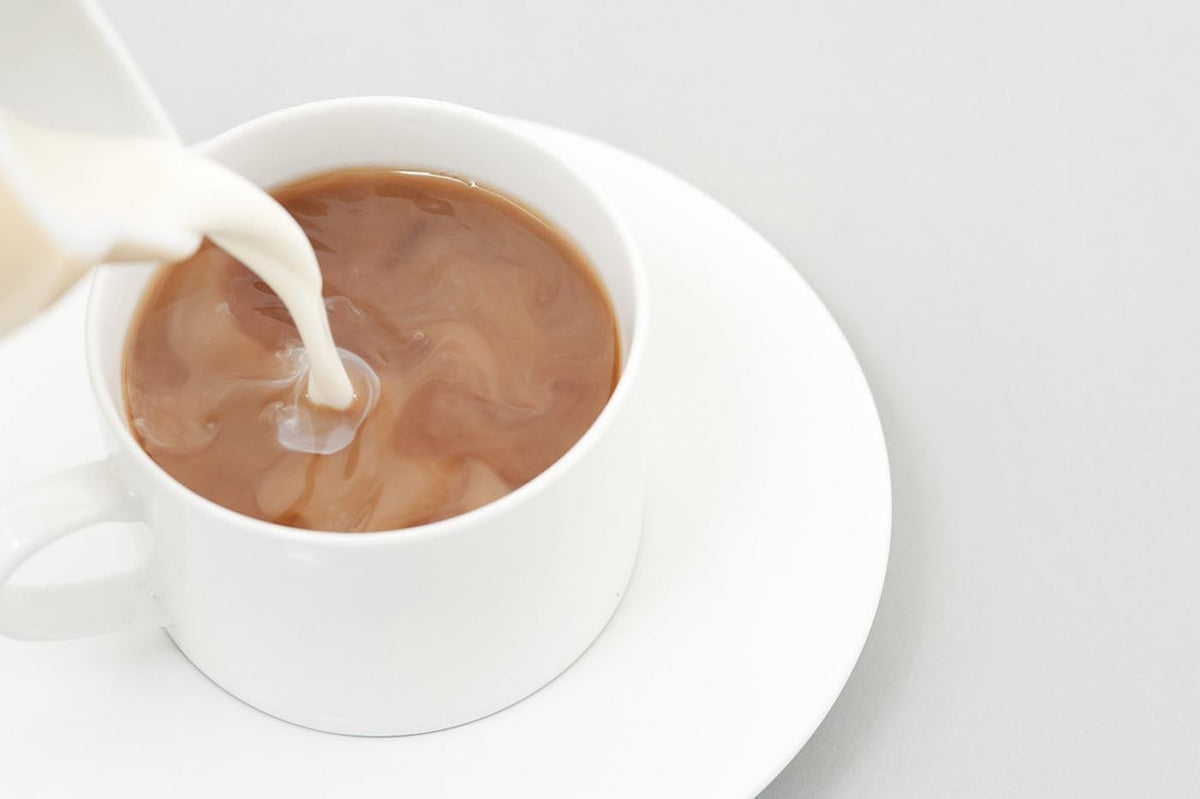
Cold brew tea overnight
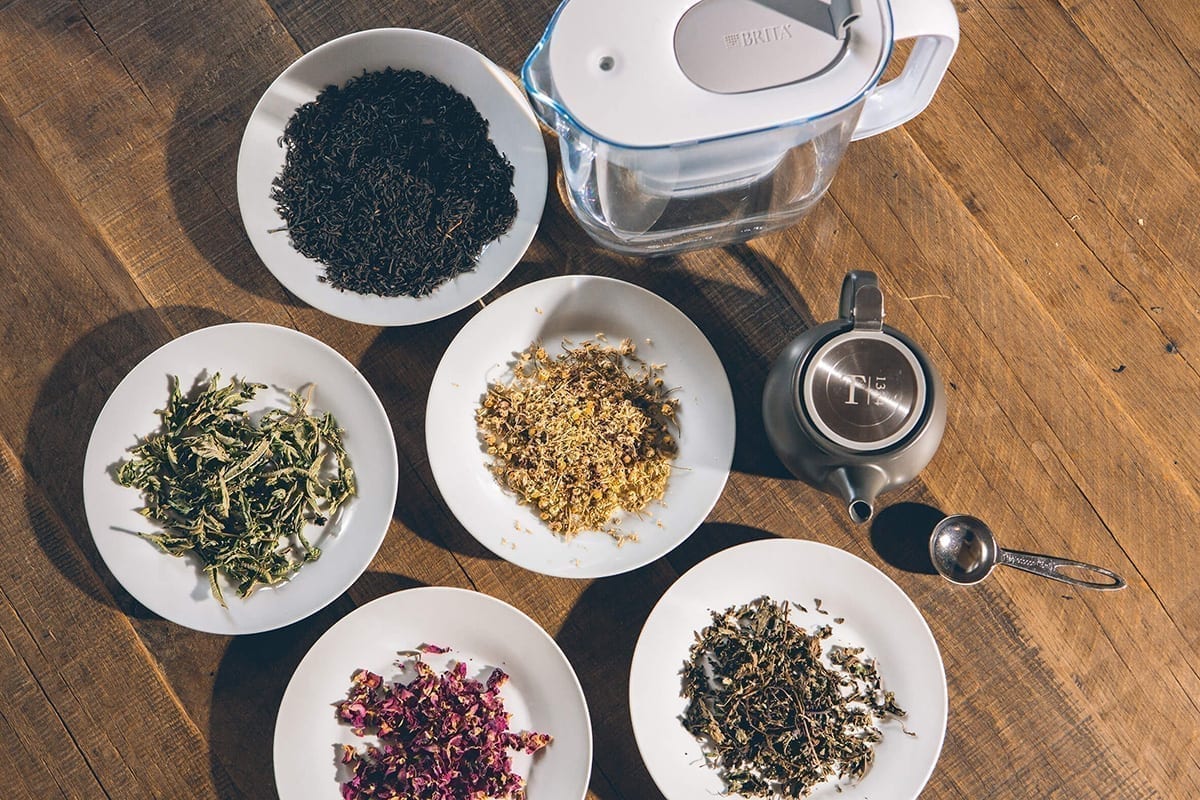
Tea is actually best brewed cold, bringing out the smoothest and fullest flavours of the leaves. Pop your leaves or pyramid bags into a large container filled with water in your fridge and leave for at least 12 hours to steep fully. Remove the leaves or bags by straining the water into water bottles for a refreshing cold infusion to keep your daily water intake up!
